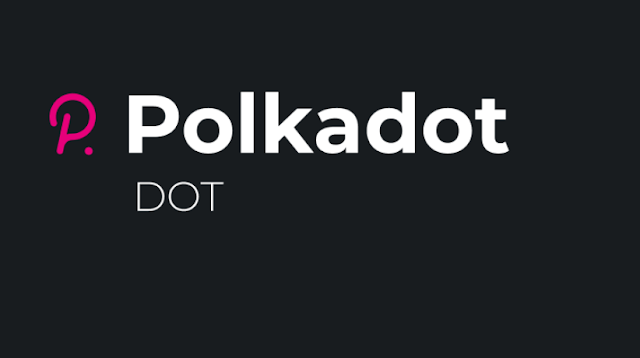Understanding Polkadot (DOT) Token: An Overview
Cryptocurrencies have revolutionized the digital landscape, offering innovative solutions to longstanding challenges. Among the plethora of digital assets, Polkadot (DOT) has emerged as a prominent player. Launched in 2020, Polkadot is not just a cryptocurrency but a heterogeneous multi-chain technology that enables different blockchains to transfer messages and value in a trust-free fashion. In this article, we delve into the intricacies of the Polkadot token (DOT), exploring its features, use cases, and the underlying technology.
What is Polkadot (DOT)?
Polkadot is a next-generation blockchain protocol that facilitates interoperability among different blockchains. Founded by Dr. Gavin Wood, one of the co-founders of Ethereum, Polkadot aims to enable a decentralized internet where multiple blockchains can seamlessly connect and interact. At the core of Polkadot's ecosystem is its native cryptocurrency, DOT.
Key Features of Polkadot (DOT):
Multi-Chain Architecture: Unlike traditional blockchain networks that operate as standalone entities, Polkadot employs a multi-chain architecture comprising a relay chain and parachains (parallel chains). This structure enhances scalability and interoperability by allowing independent blockchains to communicate with each other.
Shared Security Model: Polkadot introduces a shared security model wherein parachains benefit from the security provided by the relay chain. This ensures a high level of security for all connected blockchains without the need for each parachain to maintain its security infrastructure.
On-Chain Governance: Polkadot incorporates an on-chain governance mechanism that enables token holders to participate in decision-making processes. Through a stake-weighted voting system, DOT holders can vote on protocol upgrades, parameter adjustments, and other governance proposals.
Interoperability: Interoperability is a cornerstone of Polkadot's design philosophy. By facilitating seamless communication and data exchange among diverse blockchains, Polkadot promotes collaboration and innovation across the entire blockchain ecosystem.
Use Cases of DOT:
Interoperable Finance (DeFi): Polkadot's interoperability features make it an ideal platform for decentralized finance (DeFi) applications. DOT can be utilized as a medium of exchange, collateral, or governance token within various DeFi protocols built on the Polkadot network.
Decentralized Identity: Polkadot's multi-chain architecture enables the creation of decentralized identity solutions where individuals have control over their digital identities. DOT tokens can play a role in facilitating identity verification and authentication processes.
Cross-Chain Token Transfers: DOT tokens can be used to facilitate cross-chain token transfers between different blockchains connected to the Polkadot network. This enables seamless asset exchange and liquidity provision across disparate blockchain ecosystems.
Decentralized Autonomous Organizations (DAOs): Polkadot's on-chain governance mechanism empowers DOT holders to participate in the governance of decentralized autonomous organizations (DAOs) and other collective decision-making entities.
Future Outlook:
As blockchain technology continues to evolve, Polkadot stands out as a pioneering platform driving interoperability and scalability in the decentralized landscape. With its innovative features and growing ecosystem, the Polkadot token (DOT) is poised to play a significant role in shaping the future of blockchain-based applications and services.
Conclusion:
Polkadot represents a paradigm shift in blockchain architecture, offering a robust framework for building interconnected and scalable decentralized applications. As the adoption of blockchain technology accelerates, the Polkadot token (DOT) is expected to emerge as a fundamental asset driving innovation and collaboration across the global blockchain ecosystem.




Comments
Post a Comment